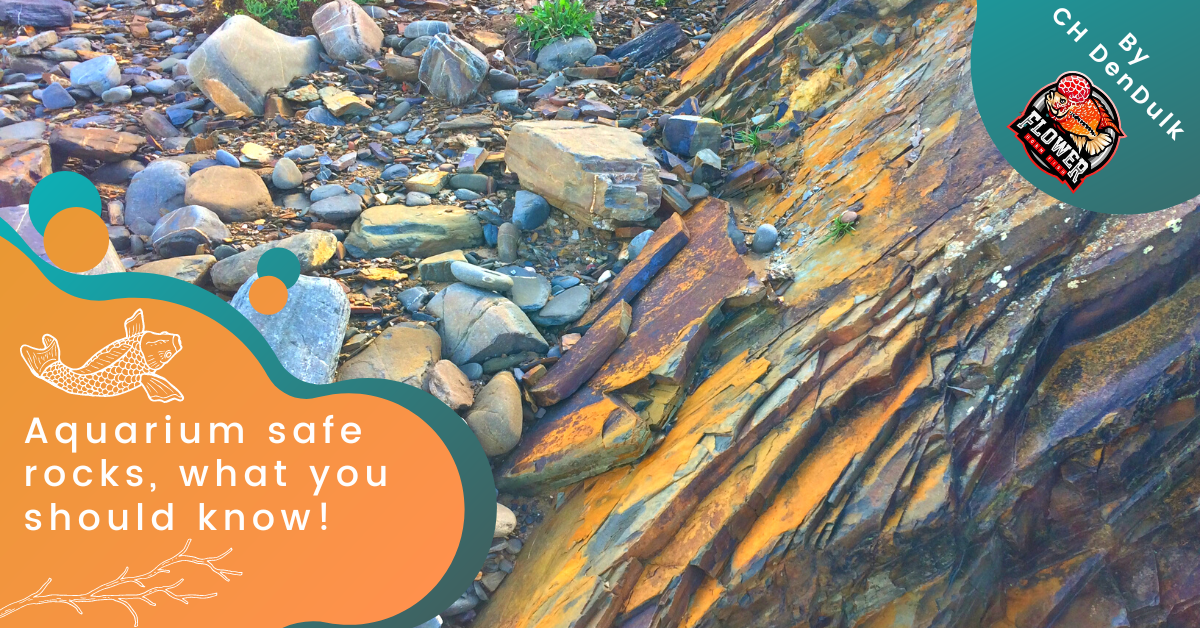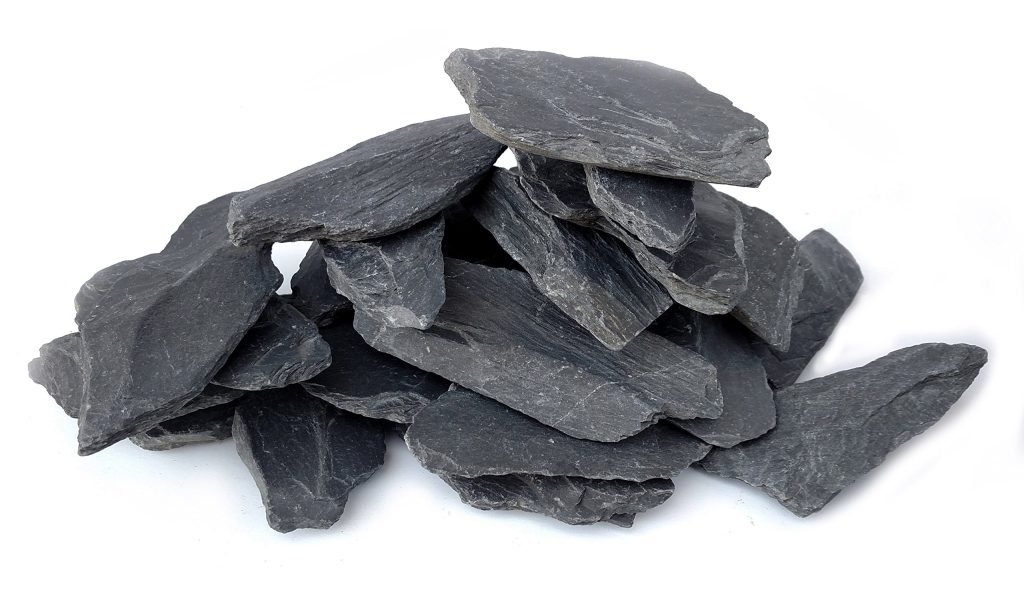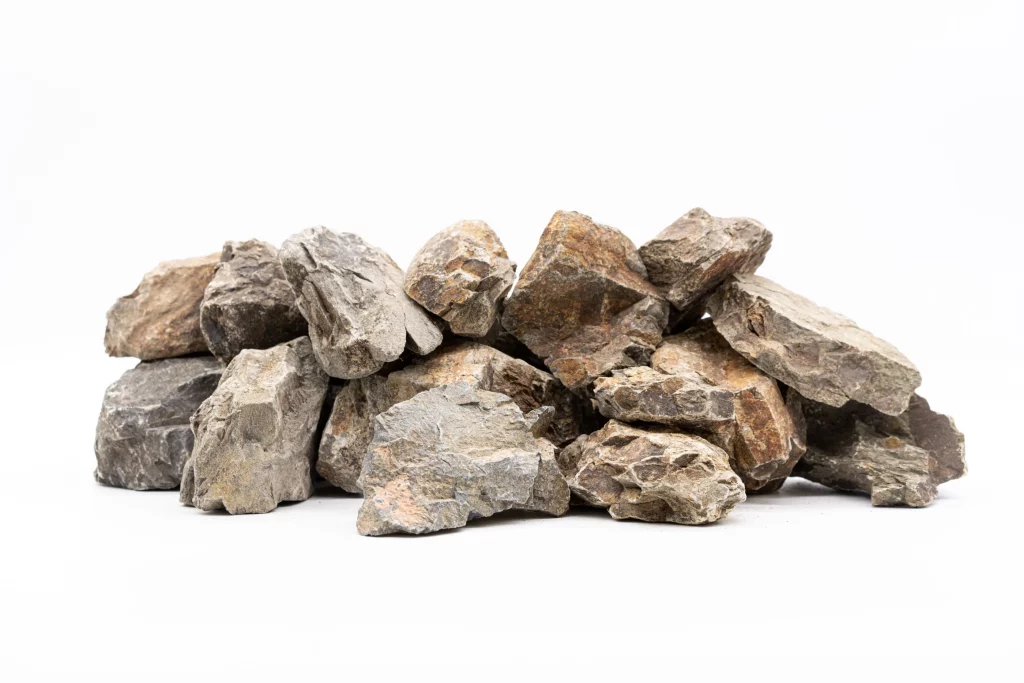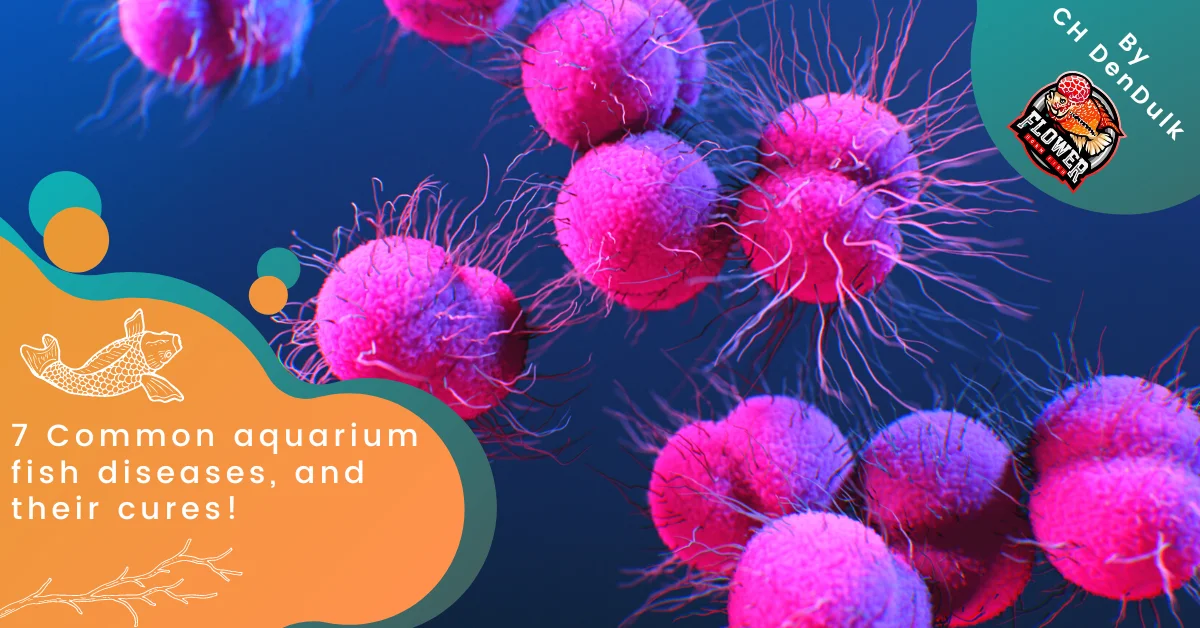Aquarium safe rocks, what you should know!

The great thing about owning and scaping your own aquarium is the ability to go outside and collect materials like wood and rock and use them in your aquarium. I previously covered what you should know about collecting wood for your aquarium, which you can find over here. So I decided it’s time for an article covering the ins and outs of collecting rocks and what types you should and should not use.

How to Test Rocks?
Test rocks, you might ask. Test for what? The biggest danger of using rocks from outside, or inside your aquarium is the possibility that they may contain calcium, which can alter the pH of your aquarium water. If you don’t know what pH means, you can read a previously written article on it there. The long and short of it is when a rock contains calcium, it will change the GH (General Hardness). Which then raises your pH if you don’t own African cichlids then that would be an issue for your tropical fish. There is an extremely easy way to test if a rock would be suitable for your aquarium. Take some household vinegar and put a teaspoon of it on the rock, if it does not start fizzing then it is completely safe for aquarium use. But if it starts fizzing, then you should not use it. The reason it starts fizzing is the acid in the vinegar reacts with the calcium in the rock, the very same calcium that will raise the pH in your aquarium.

What rocks can I use in my aquarium?
Rocks that are safe to use: Granite, Quartz, Slate, Shale, Lava rock, Onyx, Petrified Wood, Dragon Rock, and Sandstone. (Always test before using). Rocks that are not safe to use: Limestone, Geodes, Marble, Dolomite, and Dead Coral. And if you are not sure what type of rock you have on your hands then use the above test to find out.
How to prepare rocks for use in your aquarium?
The easiest way to clean up rocks is to scrub them with a brush under some running tap water. Scrubbing them loosens up organic matter, soil, algae, and rock dust. Once you are done, you can soak them in some water for 24 hours. If you are worried that your rock is going to introduce an unwanted life form, bleaching will kill everything. A dilute bleach soak works, one cup of unscented bleach (Blue Jik Bottle) and 19 cups (4.5 liters) of water. Let the rock soak in the solution for 4-6 hours, and rinse off with some fresh water once you are done.
In closing:
Hopefully, this guide will help you find the perfect piece of rock for your aquascape, happy rock hunting!










